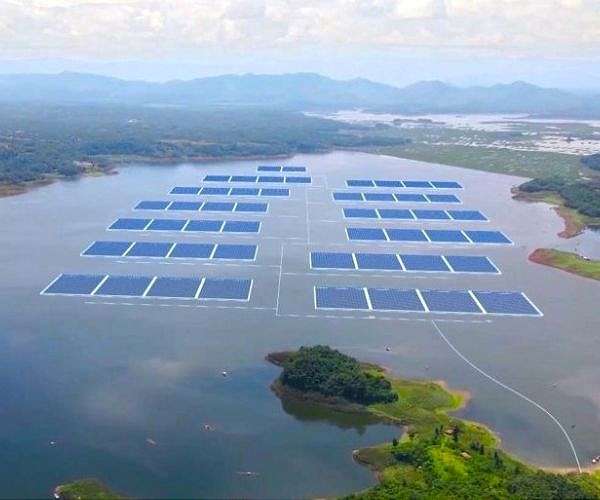Waterbirds helping and floating solar energy thrive together
Floating photovoltaic systems, often called ‘floatovoltaics’, are used worldwide, from small -scale winery installations in California to expansive energy projects in China. These systems, usually placed on artificial water bodies such as irrigation ponds, reservoirs and waste water treatment plants, offer a promising solution for maximizing the production of clean energy while the natural country is preserved.
However, these systems are not without ecological worries, in particular for water birds. Little is currently known about the effects, both positive and negative, of floating solar installations on bird populations. In a new study published in the Nature Water magazine, researchers from the University of California, Davis, offer one of the first extensive evaluations of this interaction, with the aim of coordinating the development of renewable energy to maintaining biodiversity.
Bird populations worldwide are already confronted with multiple threats, including loss of habitats, climate change, pollution and illness. As a corresponding author Elliott Steele, a postdoctoral scholar at the UC Davis Wild Energy Center within the Energy and Efficiency Institute, explains: “That is why it is so important to understand how water birds will respond to floating solar and if there is the possibility of saving and understanding how we are in balance in the trans -Energy, so that we can ensure that negative effects are avoided and potential ecological benefits are realized.
The UC Davis team outlined five critical areas for future research to better understand and manage the interactions between water birds and floating solar systems:
Insight into how water birds deal with different components of floating solar educame.
Assessing the direct and indirect effects of water bird and floating solar interactions.
Identification of how conservation strategies should vary based on site, region or season.
The development of effective water bird monitoring methods for floating sun places.
Evaluating potential pollutants of floating solar structures and strategies for risk reduction.
Senior author Rebecca R. Hernandez, director of the UC Davis Wild Energy Center, emphasized the importance of this study and stated: “People also respond to water birds on floating PV, sometimes with deterrence. We have used the expertise of our team in ecology and energy system science to co -kanëstijgingen and a floating routes and floating routes and floating routes and floating routes and floating routes and floating routes and drifting routes and drifting routes and drifting routes and drifting routes and drifting routes and drifting routes and floating routes and drifting routes and drifting routes and
Preliminary observations of UC Davis Field Studies have shown that water birds such as black-crowned nocturnal herons, cormorants with double breasts and black phoebes already have interaction in various ways with floating sun structures, including their use such as resting, nesting and foraging places. The researchers also emphasized the potential benefits for farmers, such as reduced evaporation and energy production without occupying an arable land, but emphasized the need for further research as this technology continues to expand.
Co -author Emma Forester, a Ph.D. Candidate at the UC Davis Land, Air and Water Resources Department, underlined the urgency of this work and noticed: “Although we are on this critical threshold of the development of renewable energy, we want to think more about the design that birds and other animals can benefit if we continue.”
Additional contributors to the study are Alexander Cagle and Jocelyn Rodriguez from UC Davis, Tara Conkling and Todd Katzner of the US Geological Survey, Sandor Kelly from the University of Central Florida, Giles Exley and Alona Armstrong of Lucstrong and Giulia van, and Giulia van. Italy.
Research report:Coordinating floating photovoltaic expansion

